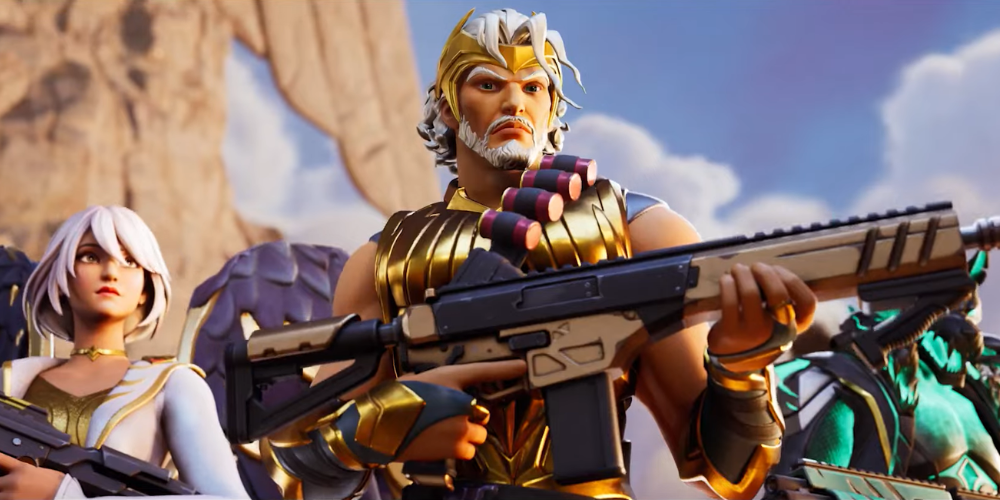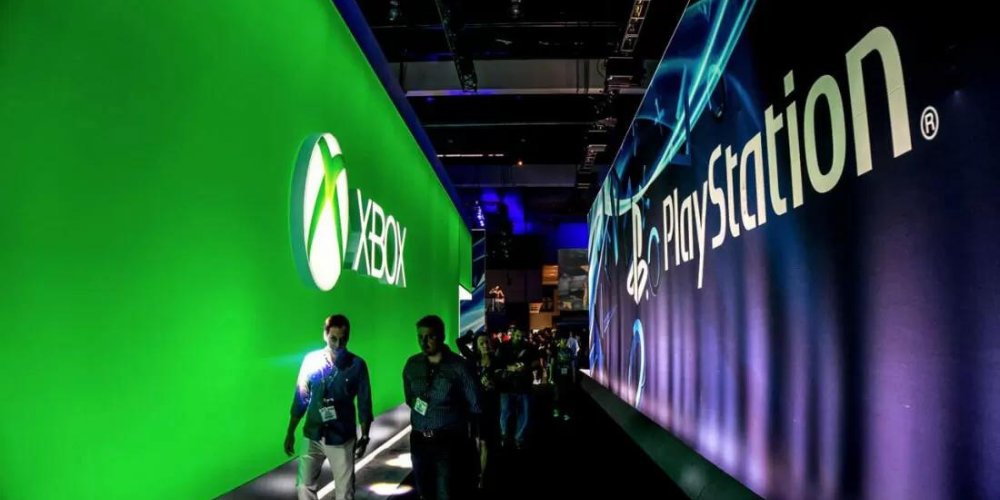Breaking Boundaries: The Evolution and Future of Cross-Platform Gaming
Apr-19-2024

The Genesis of Cross-Platform Gaming
The concept of cross-platform gaming evolved from the rise of console wars in the late 80s and early 90s. Companies such as Atari, Nintendo, and Sega were fighting for dominance in the gaming market, each releasing exclusive games to their consoles to attract gamers. This isolation of platforms led to a fragmented gaming community, where friends owning different consoles were unable to game together, notwithstanding the fact they were playing the same title. With the advent of the internet and online gaming in the late 90s, a new era dawned with opportunities for integration and connectivity. Jumping forward to the 2000s, developers began to experiment with interoperability and shared networks, laying the groundwork for today's cross-platform play.
Current Trends in Cross-Platform Gaming

Today, cross-platform gaming is an accepted norm in the industry, with many popular titles such as Fortnite, Minecraft, and Rocket League supporting this feature. Console manufacturers that once adopted a walled-garden approach are now seeing the benefits of interoperability. Major players like Microsoft, Nintendo, and Sony have opened their platforms to allow cross-platform gaming experiences. This has not only expanded the player base for individual games but also spawned unanticipated benefits, such as increased longevity of games and boosted sales for less popular gaming platforms.
The Future of Cross-Platform Play

The prospects for further development of cross-platform gaming are indeed bright, powered by continuous advancements in technology and shifting consumer expectations. Gamers want the ability to play with friends, regardless of their device of choice, thus, developers are keen to meet this demand. Future trends predict that nearly all games will come with a standard cross-play feature supplemented by shared progression systems. This means players can play games on any platform and continue from where they left off, maintaining their game data. Moreover, the advent of cloud gaming services such as Google Stadia and Microsoft xCloud could take cross-platform gaming to revolutionary new heights, offering high-quality gaming experiences on any device with internet connectivity.
Concluding Thoughts
From being a lofty ideal in the early days of gaming to a reality today, cross-platform play has come a long way and is anticipated to be integral to the future of gaming. Breaking hardware barriers and fostering an inclusive gaming environment continue to reinforce unity and increase engagement in the gaming community. As technology and consumer expectations advance, cross-platform play will push the boundaries even further, redefining what is possible in the world of interactive entertainment.








